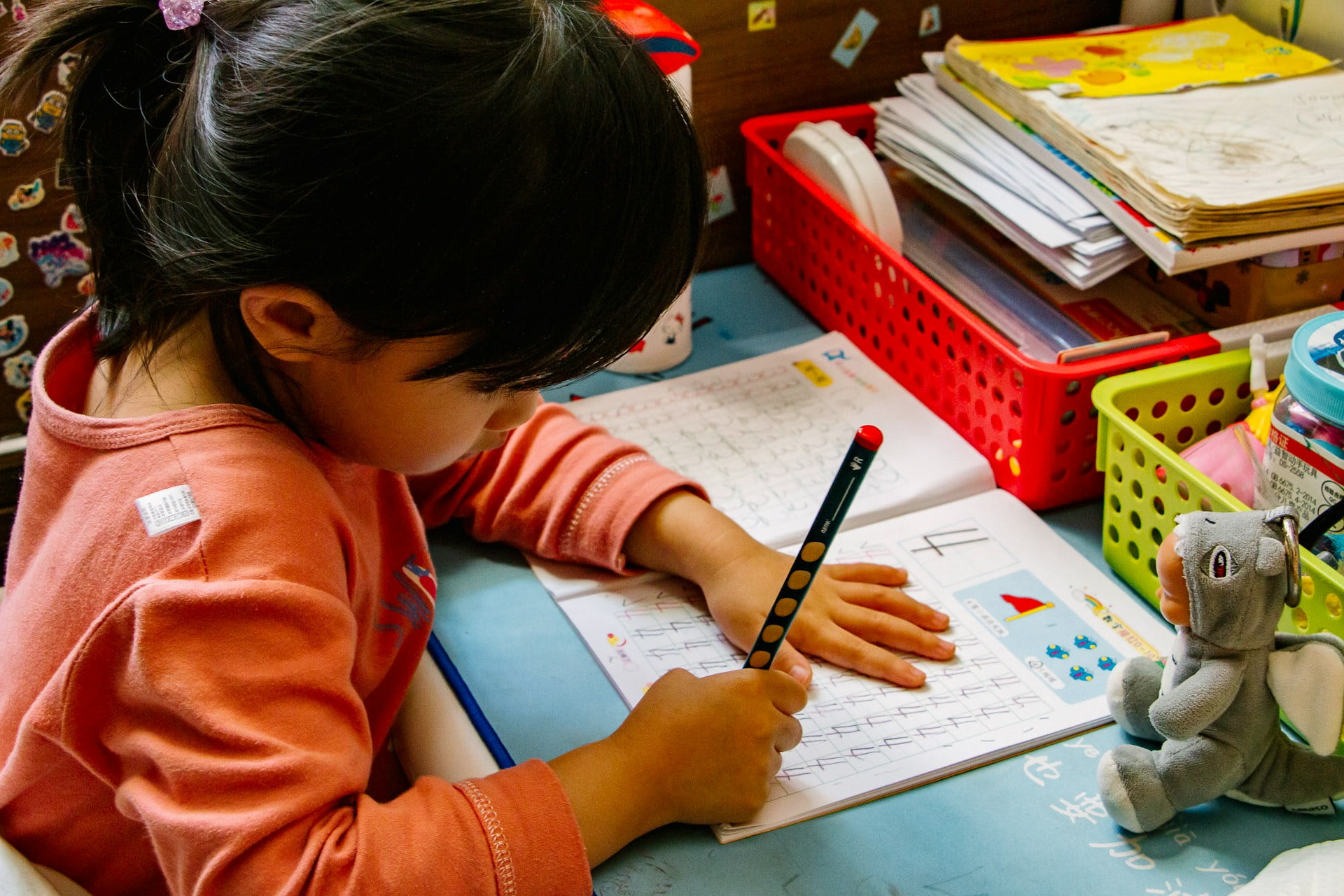Written by: Reagan Flowers, Ph.D.
We have long believed that one of the keys to successfully closing learning gaps in STEM education is through captivating, current methods that engage students’ imaginations. One such method is game-based learning, which we have integrated into our curriculum. In fact, we even partnered with San Jacinto Community College in 2021 to offer a programming internship that tasked interns with creating a set of web-based educational games for use in our programs.
We’re not the only ones who think so. A recent piece from College Education News shows that game-based learning can play a large role in improving STEM outcomes.
The Data on Game-Based Learning
Recent studies show just how effective game-based learning can be. With 91% of school-age children having some familiarity with educational games, they provide a relatable, engaging way to learn. In fact, 54% of U.S. educators strongly agree that game-based learning is a must-have.
As we’ve mentioned previously, the earlier students are exposed to STEM, the more opportunities they’ll have for successfully progressing. The same is true for game-based learning. In a study involving 105 preschoolers, children exposed to the gesture interactive game-based learning approach had superior learning performance and motor skills.
You may have noticed an increase in multi-player streaming games amongst younger and younger kids in recent years. When they play games in the classroom, it has a similar effect. They collaborate by sharing tips, tricks, and solutions.
How to Evolve Curriculum
Teachers must be aware of their students’ backgrounds and resources. We can’t assume every student has access to a computer or the internet. With only 46% of children having access to the technology required for video game-based learning, it is difficult to implement fully.
In a school where every student receives a laptop, this is no problem. However, when we look at underserved and underrepresented students, offering game-based learning in a digital format may have the opposite of the intended effect. Instead of boosting these students’ abilities and skills, it may isolate them and leave them further behind.
If every child is not able to participate in digital games, they can learn and collaborate equally well through hands-on, problem-solving games. That’s why we created our at-home toolkits using everyday household objects that could be found in nearly any home. We launched the program during the school closures forced by the Covid-19 pandemic. The kits proved extremely effective in helping underserved and underrepresented students develop skills, and students, teachers and parents alike had a great time completing science and math experiments. As a result, we continued to provide these kits to students in need long after the school closures ended.
Another factor to consider when incorporating game-based learning in the classroom is representation. Examples should center on scenarios to which students of all income levels can relate. They should all consider different family structures, cultures, abilities, etc. It is very difficult for a child to learn if they don’t see themself included in the activity.
Now that we’ve begun a new school year, it’s a great opportunity to find new ways to incorporate game-based learning. If you’re a teacher or represent a school, one great way to do this is with one of our C-STEM trainings. From sea turtles to robotics, we’ve established engaging, proven hands-on projects to help your students excel. We can also help you host a C-STEM Challenge Competition at your school. Contact us to get started!







